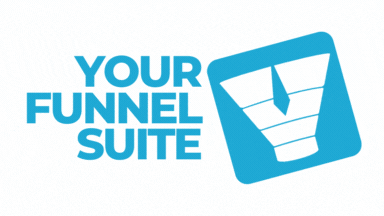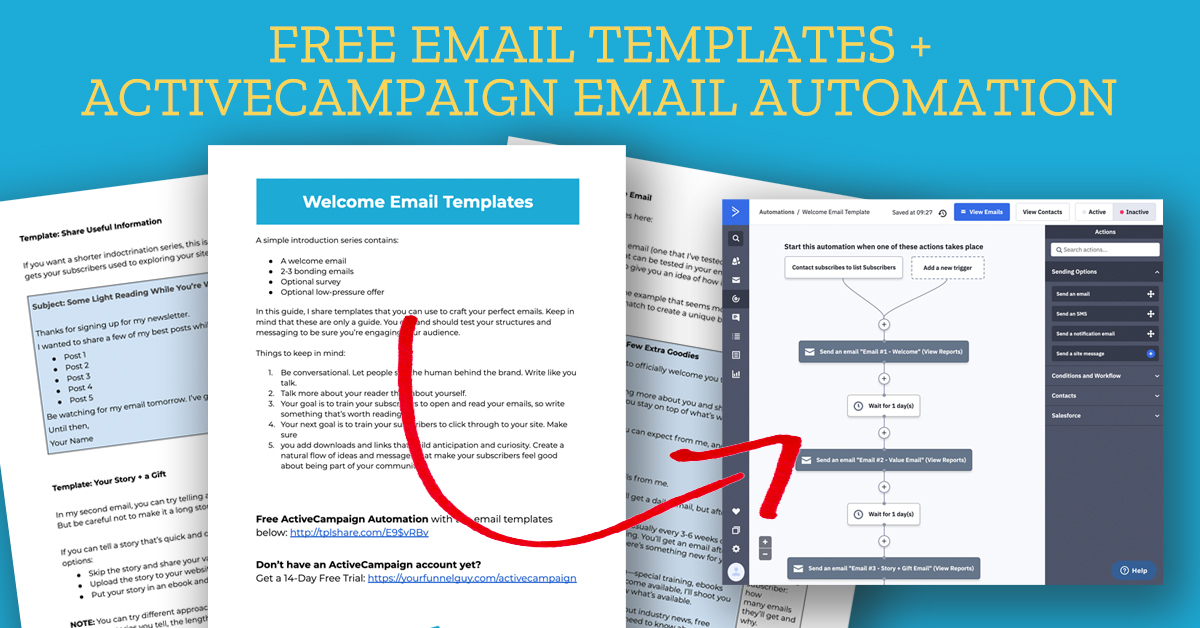5 Best Content Types for your B2B Company's Social Media Strategy

Is your marketing team still dependent on cold calling and networking events? While these traditional tactics work, you’re totally missing out if you don’t give social media a shot. I know, you’ll barely find IT solutions or accounting specialist companies who are slaying Twitter and Facebook. But that doesn’t mean you should let this opportunity go!
Don’t get intimidated by B2C’s dominance and have faith that out of the billion users of social media, there are surely people interested in your industry. Your job is simple - FIND THEM.
Difference between a B2B and B2C company’s social media page
Before we explore the best tools for your social media strategy, it’s important to know how to differentiate your page from that of a B2C company. Just blindly diving into the trend can mean wasted time and money with barely any benefits.
- Goals - while B2C companies prioritize content for sentiment and brand health along with audience growth, your page must focus on lead generation, conversion, and site traffic.
- Investment - B2C companies will spend more for building brand loyalty and optimizing customer service. Meanwhile, you should direct your budget to producing quality content on specific niches and social media analytics.
- Content - Most B2C pages have visual content (e.g. videos, gifs, etc.) that encourages entertaining conversations within the post itself. With you targeting professional audiences, posts will feature substance heavy materials (e.g. e-books, blogs, infographics) meant to provide value.
5 Best Content Types for B2B companies
1) eBooks
Don’t let the hours and effort required to make e-books turn you off. B2B companies swear by how effective this is in helping you generate leads. Identify the topics your audience would be most curious about, and find expert writers to help you with research and production.
The formula for success is simple: the more a person will learn from your material, the more willing he will be to share his personal data. You can either prompt a message asking for their e-mail address before download, or make the content shareable on social media which asks them to sign up instead.
Google used Twitter to refer users to an explainer series on the fundamentals of Artificial Intelligence (AI) downloadable on their website.
2. Case Studies
Your audience are professionals who are more analytical than emotional, so cheesy quotes and visuals will barely catch their attention on social media. Hit them hard with facts. Numbers and statistics. Publishing case studies and industry trends relevant to your company can push them further down the purchase journey.
Reach out to your previous customers and find out how your products or services made an impact on their success, complete with metrics and KPIs. Your audience are likely to trust organic testimonies over your sparkling brand pledges.
Wells Fargo, a financial services company, used Twitter to highlight how their company helped a family in managing their mortgage as their son battles leukemia.
3) Webinars
Similar to e-books, launching webinars are superb for lead generation. The registration process alone will give you valuable data about your audience. But more than cold demographics, online Q&A sessions will provide you insights about their behavior and decision making process too. This will help you optimize your sales and marketing efforts from being aggressive to nurturing.
Moreover, recorded webinars can be repurposed into other types of content. From just an expert’s lecture, you get enough material for podcasts, multiple blog posts, and even case studies.
Mercer, a health benefits company, used Twitter to gather more participants for their Webinar on the impact of the COVID-19 pandemic to behavioral health.
4) Blogs
These articles are powerful enough to blur the line between sales and marketing. What first appears as an informative blog can turn out to be a disguised effort to tell readers more about your company and how you can help them with their issues. Unlike e-books and webinars, these one-pagers give easily digestible content for your professional readers.
Even though you’re a B2B company, it helps to pay attention not just to your blog’s substance but also its form. For visual appeal, accompany it with photos/graphs and replace long paragraphs with bullet points. A little humor and the use of a conversational tone will also help.
Citi, a financial services company, used Twitter to redirect their audience to an article on sustained innovation.
5) Infographics
Nope, B2C companies have no eternal dibs on infographics. In fact, your abundance of data and analytics makes this tool more suitable for you. Let’s face it - not everyone has the time to read through an entire e-book or listen for hours in a webinar. Infographics can give your audience the best out of valuable information with just a quick glance.
Sentinel, a health benefits company, provided tips on Twitter about how to fight flu in the workplace - accompanied by an infographic post discussing trends and statistics during the flu season.
Regardless of the tool you’d choose, allow me to remind you of one golden rule: it’s not about you! Your social media page should be seen as a precious information portal rather than a hollow well of promises. Find out where your audience’s greatest need and your company’s greatest value meet, and start cultivating your social media page into your best marketing investment ever.





